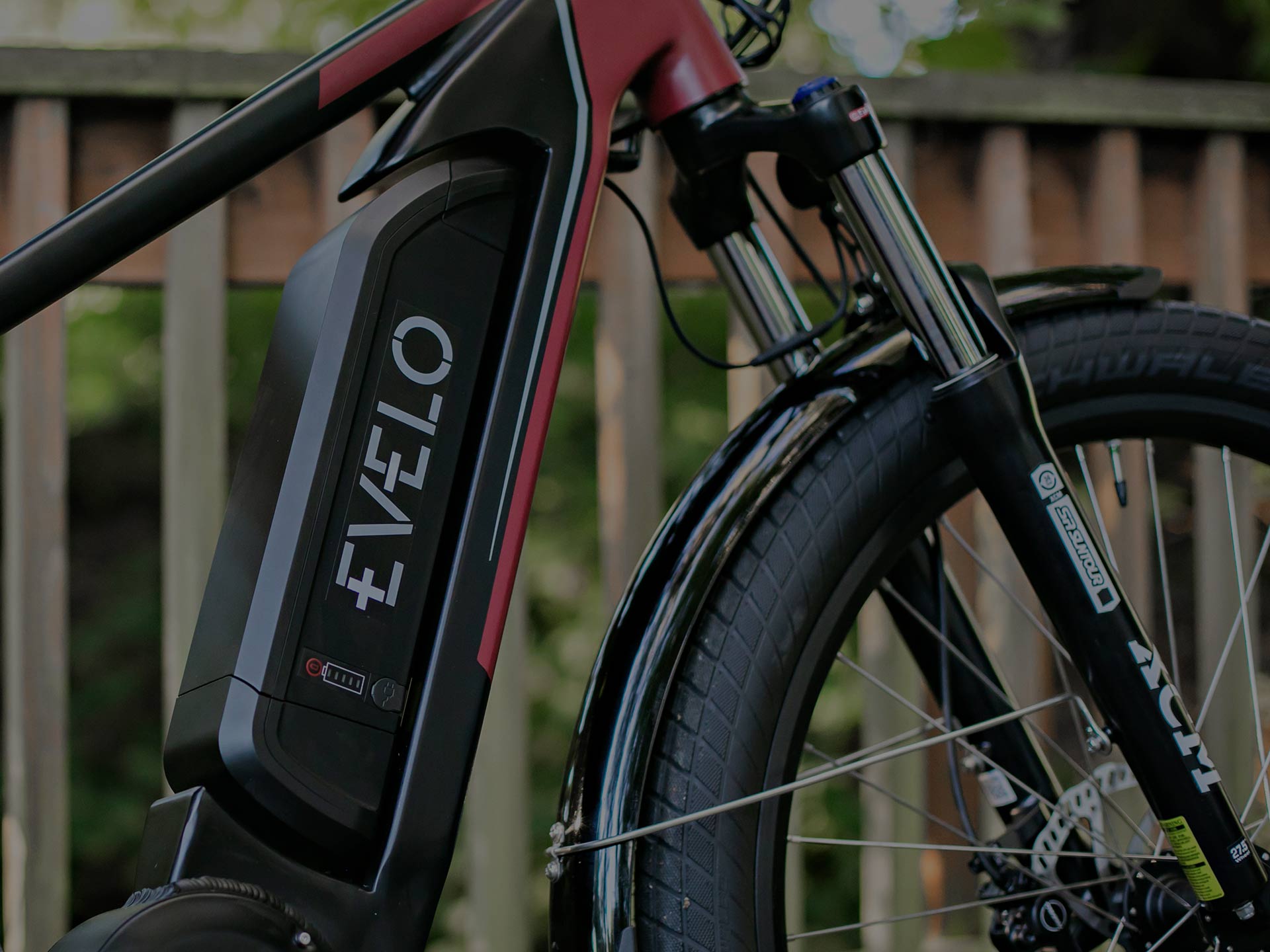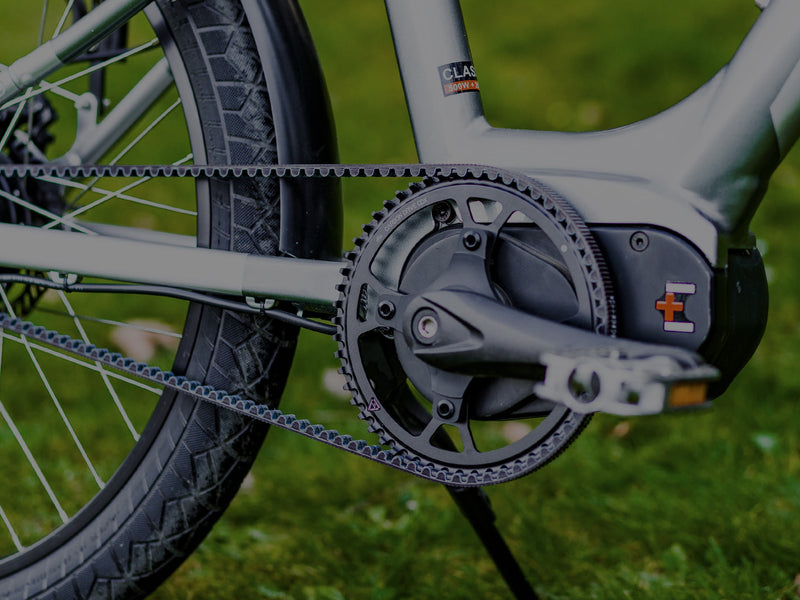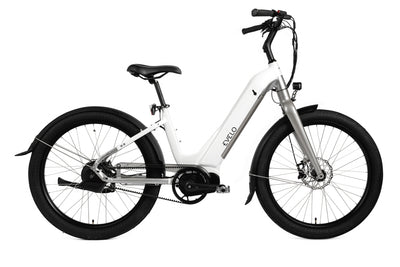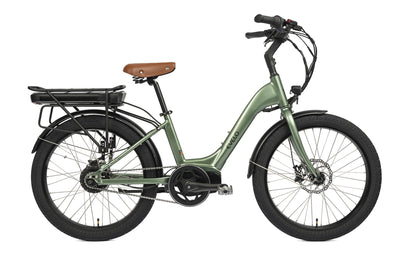HOW MUCH DO ELECTRIC BIKES COST?
Now that you’ve become familiar with what electric bikes are, how they work, and why they’re a unique and effective mode of transportation for many people throughout the world, you may be wondering what the actual costs are of buying, using, and maintaining an electric bike. This section will give you an overview of what these costs look like and will attempt to answer the questions people typically have as they begin thinking about the possibility of buying their own electric bike.
THE COST OF PURCHASING A NEW ELECTRIC BIKE
• Motor - The power and performance capabilities of an electric bike’s motor play a key role in determining the overall cost of the bike—in general, the better the motor the more expensive the bike.
As discussed in the previous section, there are two main types of motors, hub motors and mid-drive motors. While both have their own distinct advantages and disadvantages, when it comes to a motor’s price tag, power is the primary factor. Most standard electric bike motors come with a power rating of 250 watts and typically go up from there to as high as 750 watts. Higher rated motors generate more power than those with lower ratings, and as a result provide a snappier, more responsive, more versatile motorized riding experience.
Whether or not you need a more powerful motor depends primarily on the type of riding you’re planning to do and the terrain on which you’ll be riding. If you live in a city with a lot of steep hills, for example, and you need a motor that will propel you up hills quickly without having to pedal, then paying a bit more for a more powerful motor may be a good investment.
Keep in mind, though, that the power output is not the only specification worth consideration. For example, a rear hub and a mid-drive motor can both be rated for 750 watt but have very different abilities to get you up a steep hill; that’s because a mid-drive motor will have a mechanical advantage and typically generate higher torque than a hub motor. Always pay attention to torque in additional to watts.
• Battery - Along with the power of the motor, the battery used to fuel an electric bike motor is a key factor in how expensive a particular bike is. Most electric bikes use lightweight, efficient, rechargeable lithium batteries, and the primary variable differentiating one battery from another is how many miles of riding a battery can provide before it needs to be recharged.
As explained in chapter 5, the exact number of miles a rider gets out of a battery charge depends on a number of different variables such as the weight of the bike, the rider’s weight, whether or not there’s a headwind, the number and steepness of the hills the bike is climbing, and the proportion of human-generated and motor-generated power a rider uses. If, for example, a cyclist pedals for most of the ride and uses a low level of motor assistance, she’ll get more miles out of her battery charge than she would if she uses the motor as the sole source of power throughout the entire ride. Similarly, a rider whose trip to the grocery store is entirely on flat ground will get more miles out of his battery then a rider who has to go up two steep hills to get to the store.
Since there are so many variables affecting the number of miles a battery can provide, electric bike manufacturers and retailers usually describe batteries in terms of mileage ranges that attempt to account for a variety of riding styles and conditions. A good quality electric bike battery should provide, on average, somewhere between 20 and 50 miles of riding per charge.In general, the more miles a battery can provide, the more expensive it will be, so before deciding which electric bike is right for you, it’s important to consider the type of riding you plan on doing.
• Drivetrain - Just like a traditional bicycle, a basic electric bike configuration comes with a derailleur and mechanical gears. Upgrading to a mid-drive configuration creates room in the rear wheel for a more sophisticated transmission, like an internally geared hub.
An internally geared hub transmission is factory-sealed, requires less maintenance and has fewer components sticking out and at risk of being damaged. Of course, these benefits come at a premium and can add hundreds of dollars to a cost of an electric bike.
Finally, the electric bike technology has evolved to the point where a fully automatic transmission is now a reality. Internally geared hubs, like the Enviolo NuVinci, can be upgraded with automatic shifting controllers, removing the need to shift gears at all! Once again, these advanced features are more expensive than a regular derailleur or a standard internally geared hub.
• Bicycle Components - Because an electric bike is fundamentally a bicycle, the mix of all the other non-electric, non-motorized bicycle components used on an electric bike is another important factor affecting the bike’s overall cost.
When you pay to upgrade bicycle components, you’re generally paying for components that are lighter weight, that have greater strength and increased durability, and that work more effectively and efficiently than cheaper, lower quality parts. High end derailleurs, for example, shift quicker and smoother, and are usually lighter weight and more sturdy than cheaper derailleurs. Likewise, more expensive suspension forks will generally be stronger, more rugged, and will respond to changes in terrain more smoothly than cheaper suspension forks.
As with everything else, the type of components you need on your electric bike depends largely on the kind of riding you plan to do. If you know you’ll be using your electric bike exclusively on well-paved city streets to run errands and commute to work, then you probably don’t need the same type of heavy, rugged parts a cyclist might need if he plans on using his electric bike for off-road riding or riding on rougher bike paths.
In short, it’s important to buy an electric bike with high quality components that match the type of riding you plan to do. This will ensure that your bike is reliable, efficient, and fun, and will also help limit the need for repairs.
• Materials - The fourth and final factor that affects how much an electric bike costs is the actual material used to build the frame. Low quality bike frames made out of heavier, less durable materials will generally be cheaper than higher quality bike frames, built from lighter, stronger, more durable metal alloys.
It’s important to invest in a high quality bike frame since the frame is, quite literally, the skeleton of the entire bike. Frames that are sturdy, reliable, and lightweight ultimately provide a better riding experience, giving you a bike that handles well, that’s comfortable and responsive, and that you know you can depend on.
THE COSTS OF USING AND MAINTAINING AN ELECTRIC BIKE
After the upfront cost of purchasing an electric bike, there are some additional ongoing costs associated with regularly using and maintaining an electric bike. Fortunately, though, these costs are relatively small compared to both the upfront cost of buying the bike and the cost of using other forms of transportation.
The most frequently recurring cost of riding an electric bike is the cost of charging the battery. Interestingly, this is also the point at which electric bikes distinguish themselves as a particularly affordable and efficient vehicle. In fact, multiple studies have confirmed that electric bikes are the most cost-effective motorized vehicle currently available.
To be more specific, one study reported that, on average, it costs roughly 8 cents to charge an electric bike battery. Given that most batteries get somewhere between 20 and 40 miles per charge, that’s a total of 250 to 500 miles on just $1 worth of electricity.11 In a similar project, ElectricBikeReport.com determined that it costs between 0.0625 cents and 0.245 cents per mile to operate an electric bike, depending on the time of day a rider charges their battery.12
The other primary expense associated with using an electric bike is the cost of periodic repairs, which will arise from time to time as parts wear out or break. Fortunately, since the huge majority of electric bike components are standard bicycle parts, nearly all repairs can be performed at a local bike shop for a relatively low price. To put the cost of repairing an electric bike into perspective, think about how much it costs for even the most basic car repair—clearly, paying a local bike mechanic to replace worn out brake pads on your electric bike is noticeably more affordable than a comparable repair at a car garage.
While riding an electric bike requires an upfront investment, the incredible cost- and fuel-effectiveness of using it pays out huge dividends in the long run. When the low cost of operating and maintaining an electric bike is combined with the convenience, pleasure, and ease of using an electric bike—whether it’s as a vehicle for running errands and commuting, as part of a workout routine, as an accessible form of recreation and leisure, or something else entirely—it becomes obvious why people around the world are relying more and more on electric bikes to meet their everyday transportation needs.



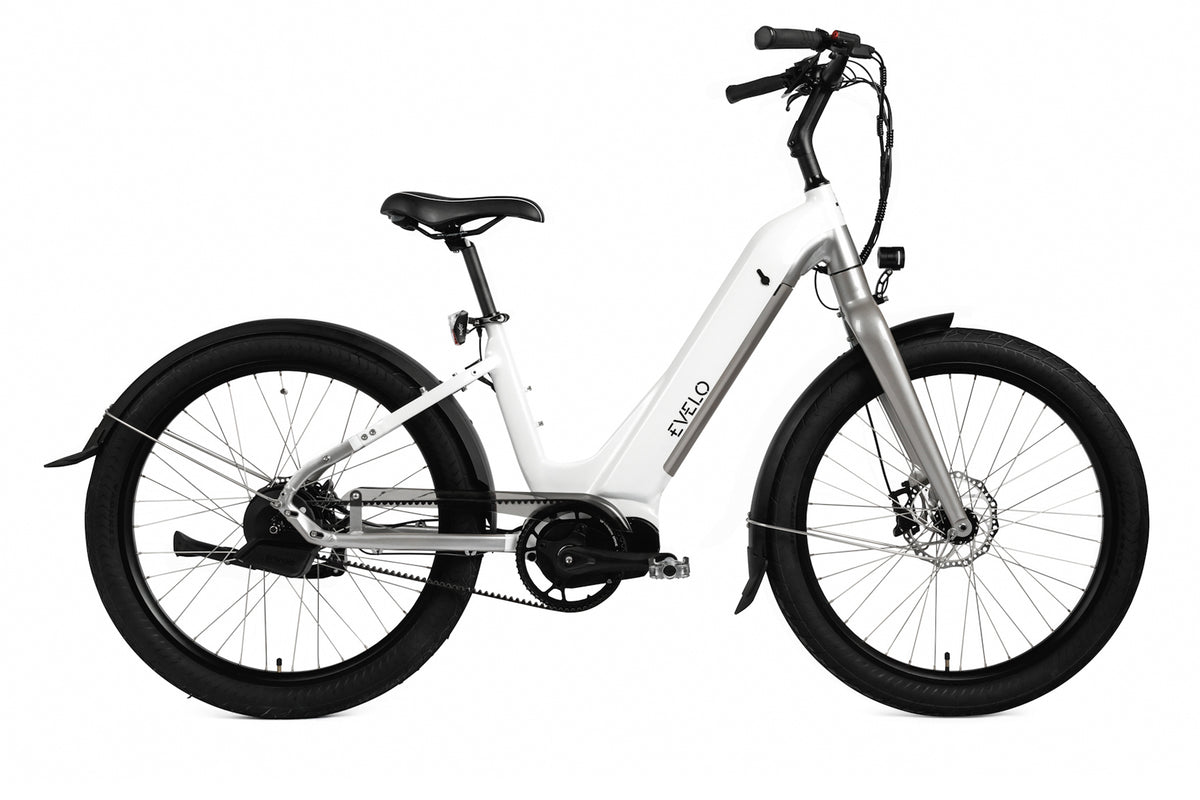
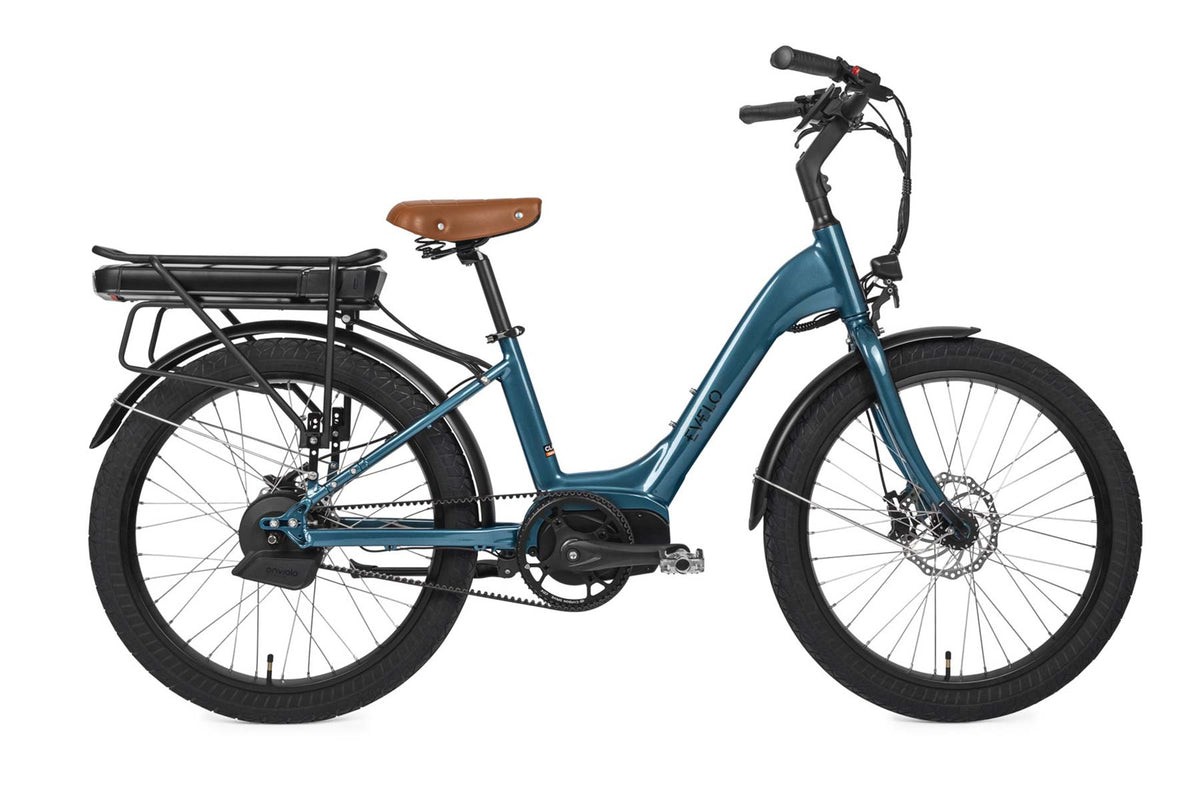


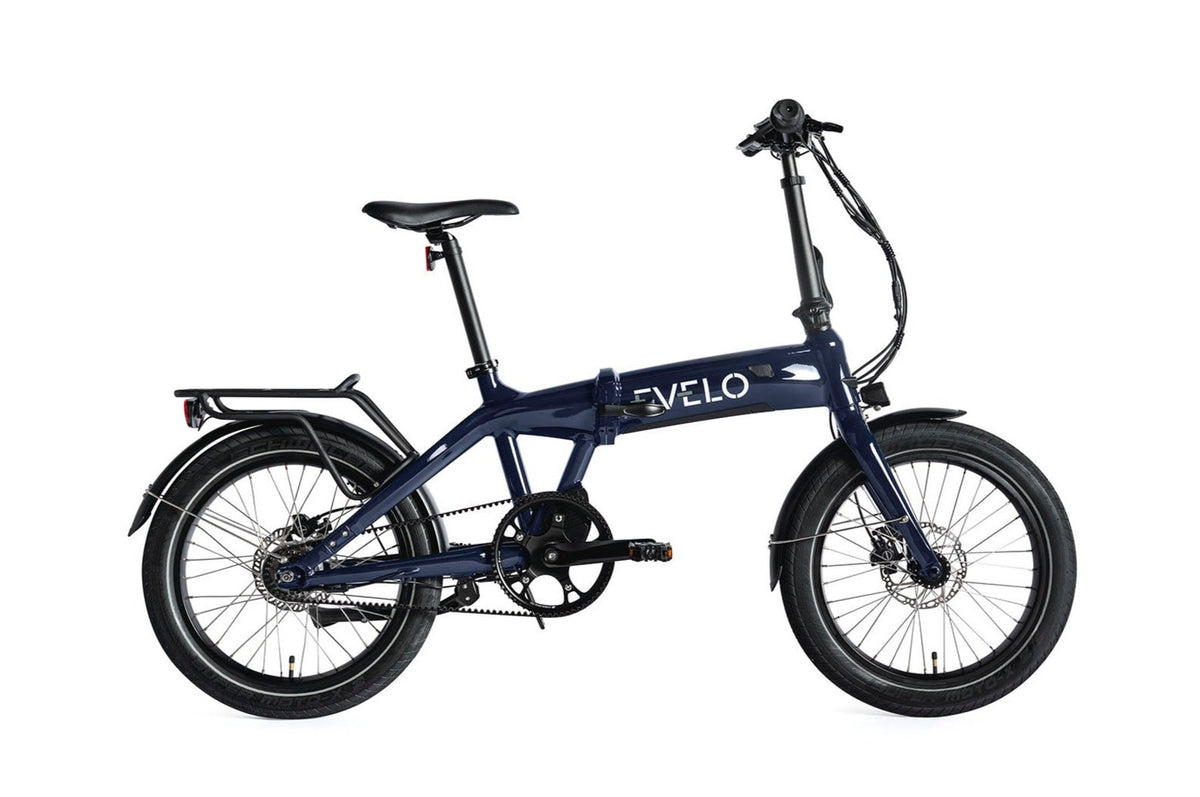
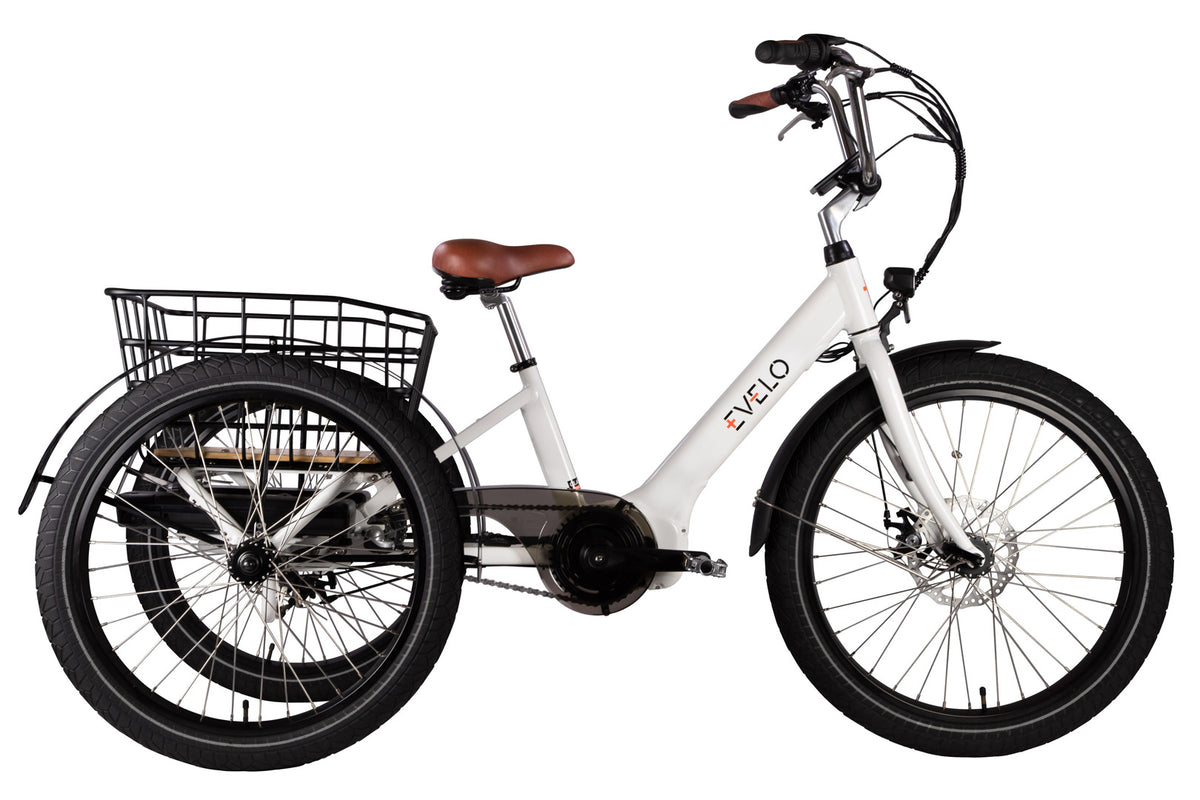

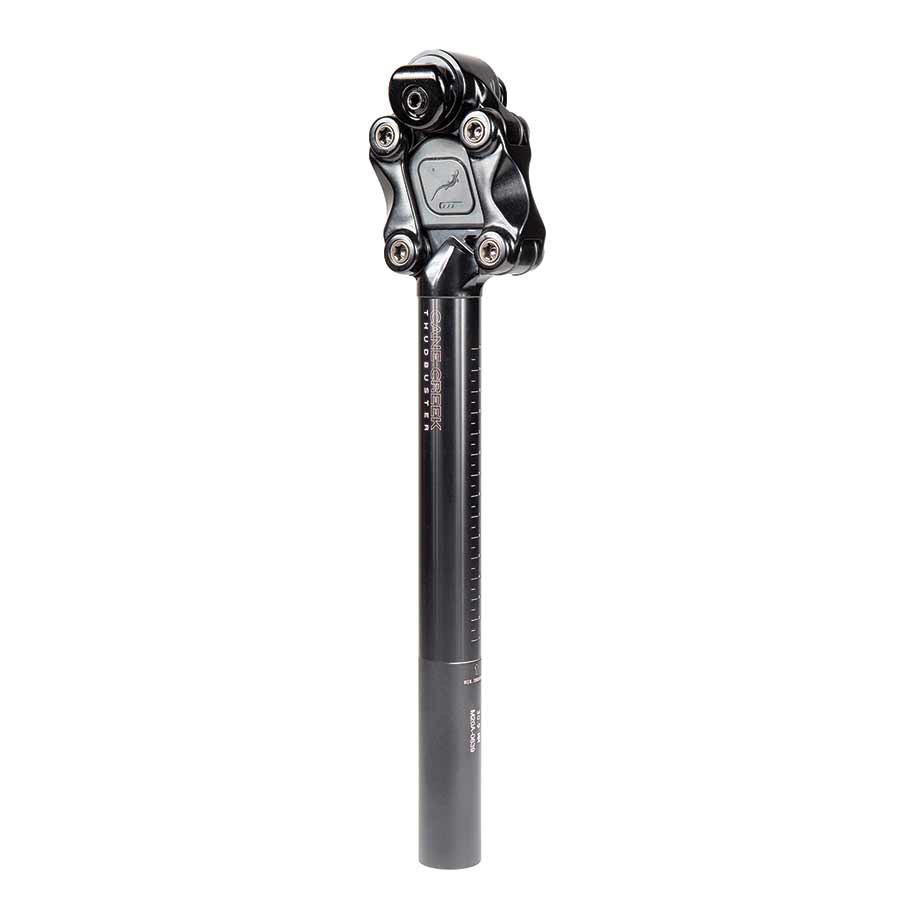






 Easy Assembly
Easy Assembly
 Service and Repairs
Service and Repairs
 Ebike Articles & Content
Ebike Articles & Content
